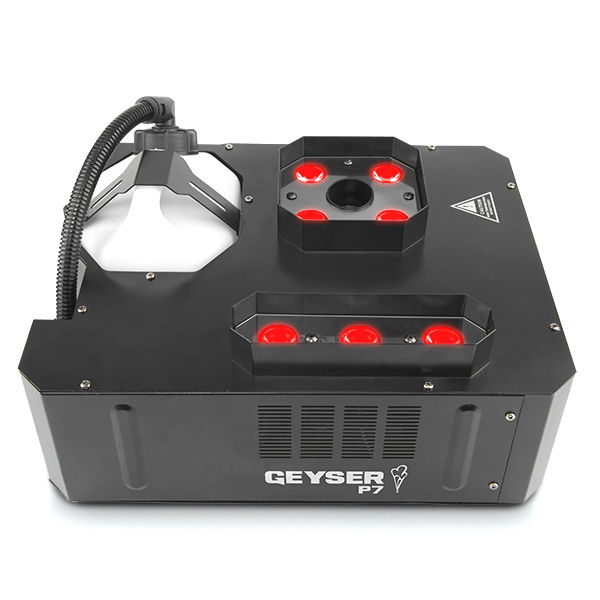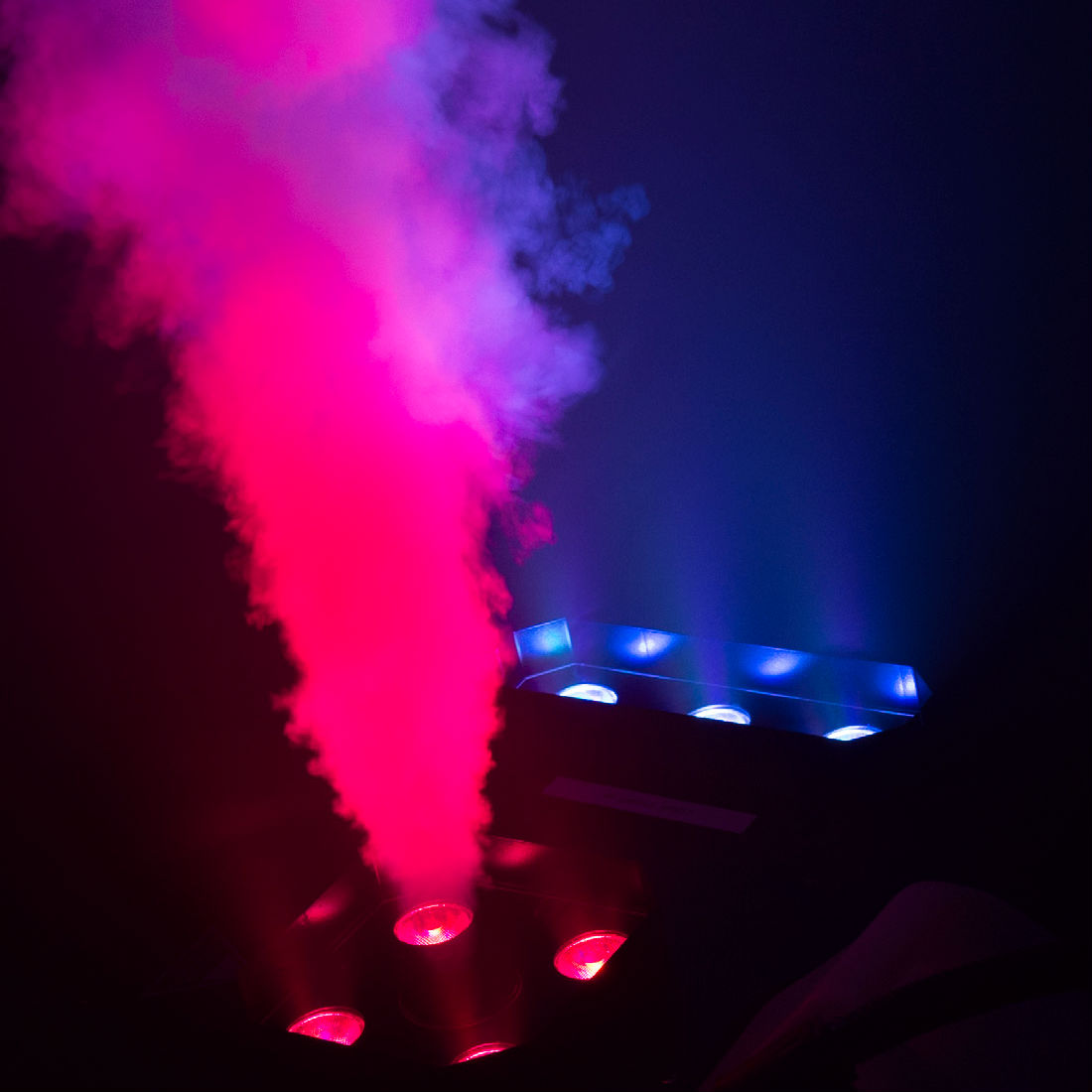Strobes
I've noticed that my articles of late have been a bit long on helpful hints and a bit short on fun facts. To remedy that, I took the time to do a bit of research on strobe lights and dug up some interesting - and hopefully fun - facts about them.
First things first, let's consider the word strobe itself. Strobe is actually a shortened form of stroboscope which derives partly from the Greek word strobos, which means "to whirl." You may wonder what whirling has to do with a light that flashes on and off rapidly. Well, back in 1830 an Austrian named Simon Ritter von Stampfer found that he could create an interesting effect by spinning a disk with sequential, slightly changing images and looking at the images on that disk through a slit small enough to show only one image at a time. He called his device the stroboscope, and it went on to become a very popular "scientific toy."
Allow me to digress a bit here and discuss the persistence of vision and how it applies to stroboscopic effects. When we see an object, an image of that object remains on the retina for a brief period (about 1/5 of a second) even after it has been removed from our field of vision. When we see two things in rapid succession, with some minor change from one to the other, our brain merges the two images and we perceive them as one object in motion. The discovery of this effect led to the invention of many early forms of animation, including the stroboscope.
Great, but we still haven't talked about strobe lights have we? Strobe lights work by only allowing us to see an object a few times a second. Because our brain is still merging the images it's getting from the retina, the effect is that we perceive the object in "slow motion." Some objects, such as a spinning fan blade or a moving belt, can even be made to appear "frozen" by matching the flashes of light to the rotational speed of the object.
In 1931 Harold Edgerton, a scientist and photographer at MIT, perfected a technique using strobe lights for ultra high-speed and stop-motion photography. The photographs he made using this technique (a bullet piercing an apple, and a light bulb shattering, among many, many others) have since become world-famous. Over the years, the term strobe light has been applied to any light that flashes fairly rapidly, and not just to the high-speed photographic strobes.
So, how do you get the best effect out of your strobe light? First, remember that the stroboscopic (slow-motion) effect happens when an image is only visible a few times a second. If your strobe is competing with lots of ambient light, the effect may be weakened, or disappear completely. Possible remedies include reducing the amount of ambient light, increasing the power of the strobe or moving the strobe closer to the subject.
You may not even need or want a stroboscopic effect, however. Today, strobes are also used in the entertainment industry as a way of adding a little flash. A drum kit can be decorated with several "egg strobes" (small strobe lights that can be screwed into standard light sockets) to make it stand out from the back of the stage. Egg strobes can also be built into balloon arches or into a display to attract attention. Mobile DJ's can also use these miniature strobes to enhance their current lighting rigs, adding a visual punch to their set-up for a fairly low price.
Whew! From 1830's Vienna, to 1930's Massachusetts to present-day events and concerts, I hope you've enjoyed our little foray into the history and workings of the strobe light. Now, the next time you're bombarded with flashing lights in the dark room of your favorite haunted house, you can explain to the ghouls and gremlins how they only appear to be moving in slow motion because of the persistence of vision and stroboscopic effects. Of course, be prepared for some extra tormenting afterwards, them gremlins is mean.
*********************************************
Theatre Effects Customer Service Department
service@theatrefx.com
www.theatrefx.com
Theatre Effects, 1810 Airport Exchange Blvd. #400, Erlanger, KY 41018
Phone: 1-800-791-7646 or 513-772-7646 Fax: 513-772-3579









